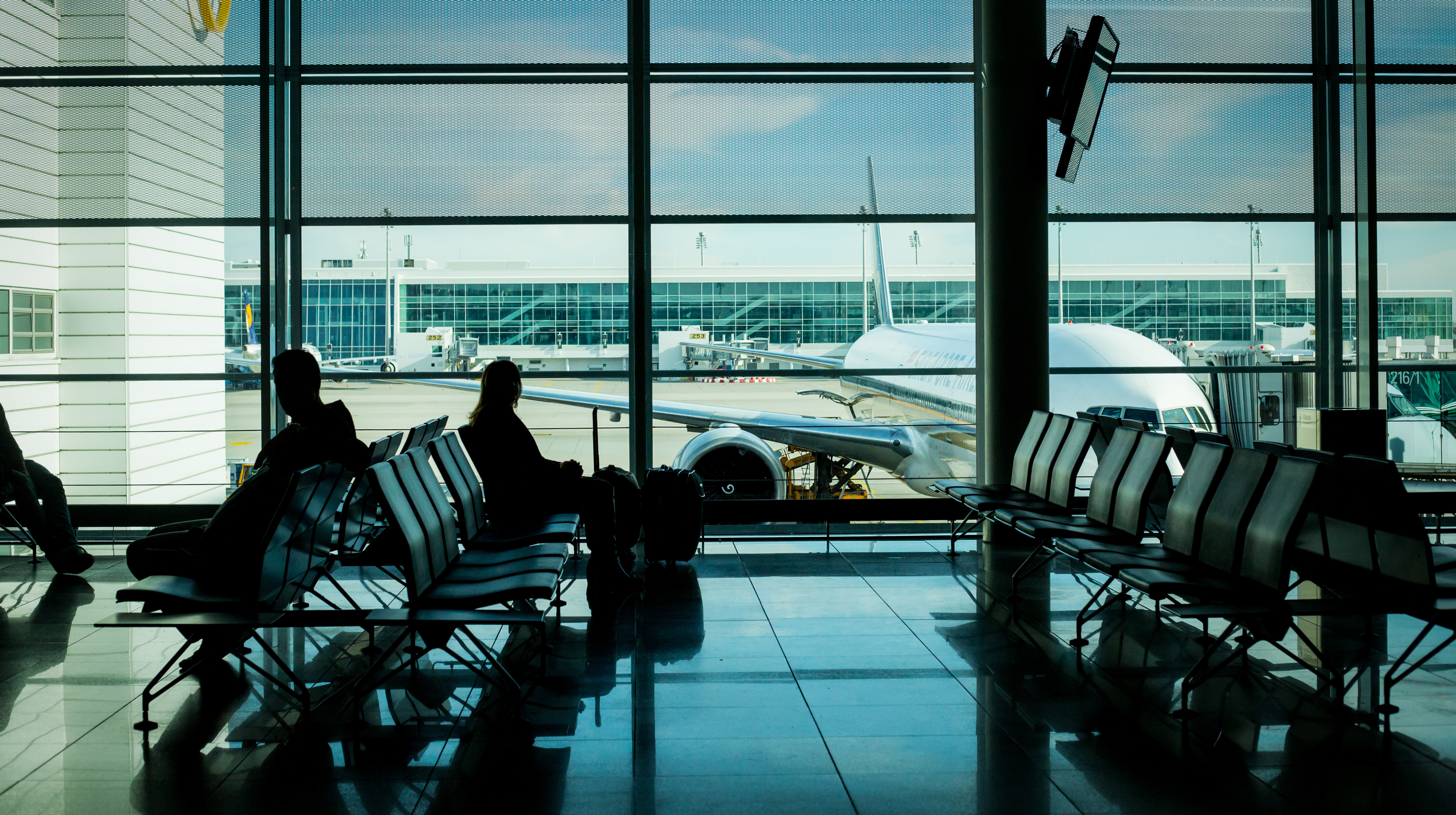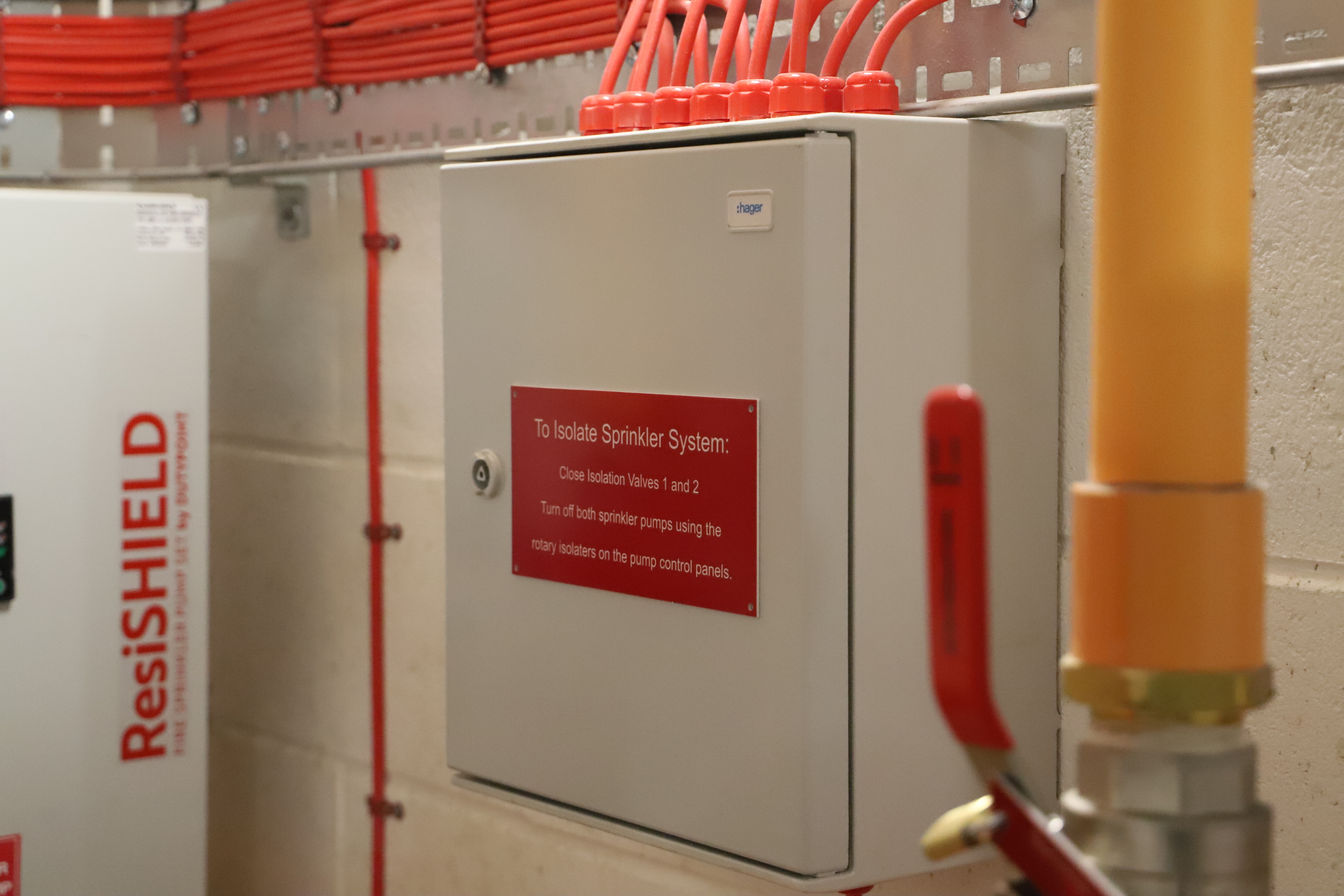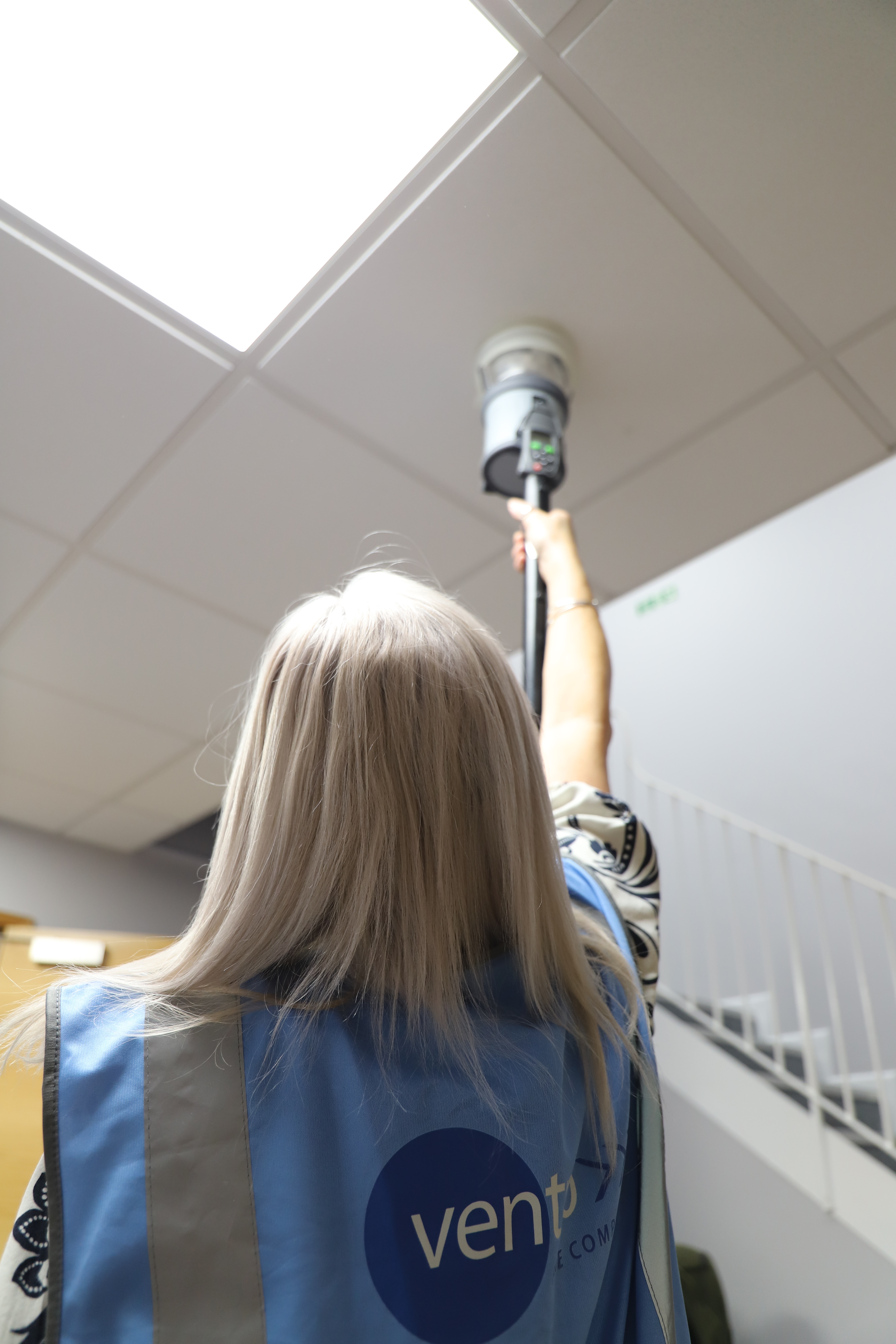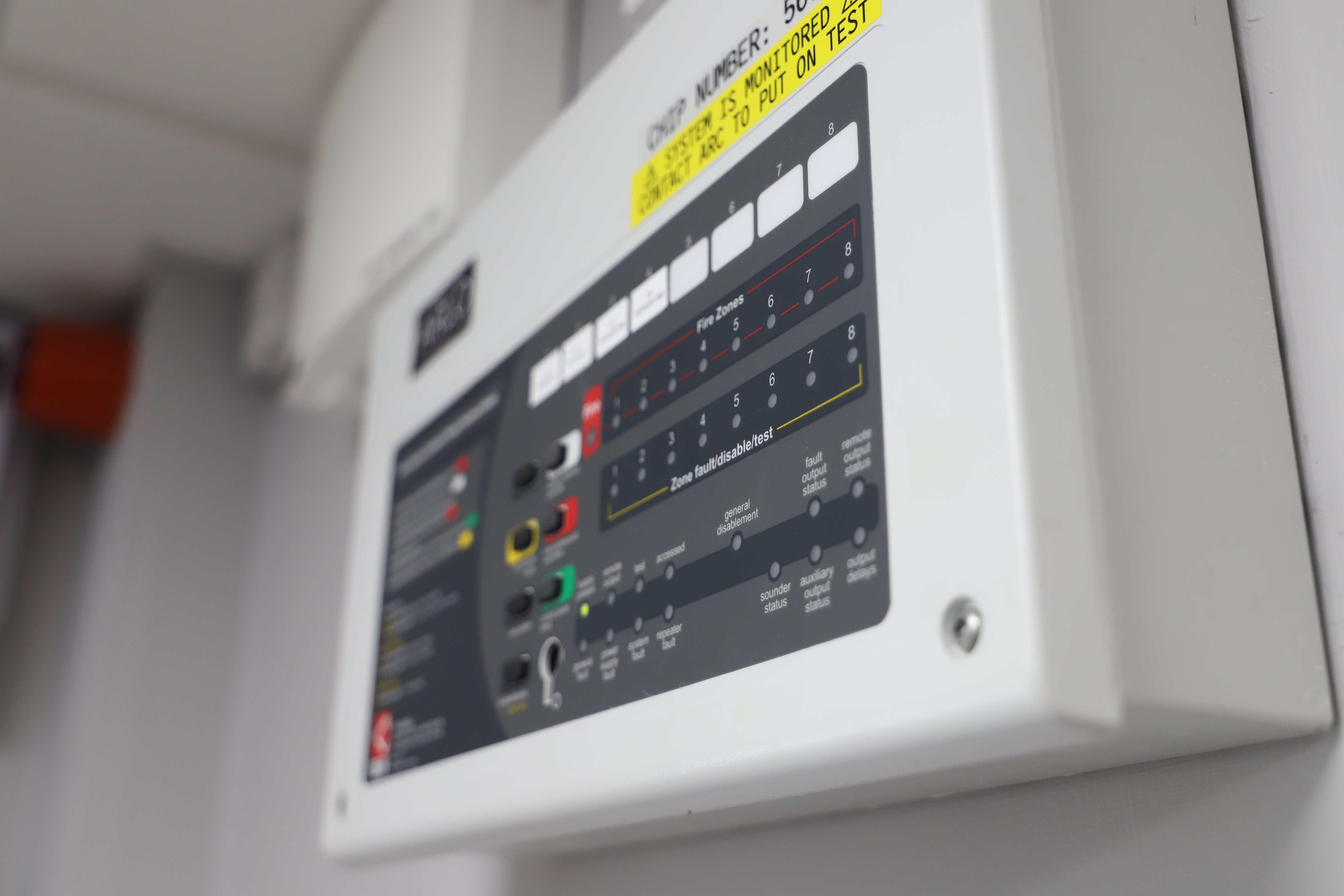In March 2025, a catastrophic fire at the North Hyde electricity substation triggered a major power outage across West London, impacting huge numbers of properties, and forcing the temporary closure of Heathrow Airport. The incident exposed significant vulnerabilities in how critical energy assets are managed and protected in the UK.
In response the UK’s National Energy System Operator (NESO) conducted a full independent review. Commissioned by the Secretary of State for Energy Security and Net Zero and Ofgem, the review aimed to uncover the root causes of the fire at North Hyde substation, assess the resilience of the energy system, and deliver clear recommendations to prevent similar incidents in the future. The final report has now been published and has wide-reaching implications for asset owners, operators, and those responsible for critical infrastructure.
What Caused the North Hyde Fire?
The root cause of the incident was a catastrophic failure of a high-voltage bushing on one of the site’s three supergrid transformers (SGT3). This was triggered by moisture ingress, which had been detected as early as 2018 in an oil sample, but crucially, no action was taken despite internal policies indicating it required immediate replacement.
Over time, the moisture caused internal electrical arcing. When this occurred on 20 March 2025, it ignited oil within the transformer, leading to a large-scale fire. The heat and debris from the explosion then damaged nearby equipment, including SGT1 and its marshalling kiosk. This caused a chain reaction where all three transformers were disconnected, leaving the substation offline and Heathrow Airport without power.
Compounding the issue were several system failures:
- Deferred maintenance on SGT3 despite known issues
- Inoperable fire suppression systems that had been identified but not repaired
- Lack of physical barriers between SGT3 and SGT1, a standard not applied retroactively
- No holistic site-level risk assessment, meaning compounding risks weren’t identified
The 12 NESO Recommendations to Strengthen UK Energy Resilience
Following its investigation, NESO issued 12 key recommendations aimed at strengthening the UK’s energy infrastructure and reducing the risk of future incidents. These span improvements in asset management, maintenance, risk assessment, emergency planning, and cross sector collaboration offering a clear roadmap for change.
- Robust Asset Management
Improve controls to ensure that identified faults are categorised correctly, acted on, and followed up with regular reviews. - Overdue Maintenance Response
Strengthen the actions taken when maintenance is deferred, and consider using the most up-to-date technology (e.g. continuous monitoring). - Fire and Asset Risk Assessments
Ensure all facilities have thorough asset- and site-level risk assessments that incorporate fire risk, updated standards, and input from the fire service. - Emergency Site Access
Improve emergency management plans in coordination with fire services, especially where multiple parties control a site. - Cumulative Site Risk Visibility
Undertake risk assessments that factor in the combined effect of asset failure, site layout, maintenance deferrals, and system-wide consequences. - Clarify Legal Responsibilities
Government and regulators should refresh guidance on Electricity Safety, Quality and Continuity Regulations (ESQCR) to clarify roles and expectations. - CNI Incident Protocols
Ensure incident response plans for Critical National Infrastructure sites include loss of energy supply and bring all relevant stakeholders together. - Redundant Supply Resilience
Where sites have multiple energy feeds, operators must ensure they can recover quickly if one fails—via interconnectors, automated switching or UPS. - Collaborative Resilience Planning
CNI operators must work transparently with energy providers to assess the security and resilience of supply arrangements. - Communication Protocols
Develop clear, proactive protocols for how CNI operators respond to planned or unplanned changes in resilience. - Holistic CNI View
NESO and government should jointly develop a national picture of CNI reliance on the energy system and key interdependencies. - Structured Cross-Sector Approach
Develop partnerships and standards across sectors to build resilience into CNI, including minimum standards for continuity of operations.

What Can the Wider Industry Learn From This?
The North Hyde incident underscores several critical lessons:
- Proactive Asset Management: Identifying faults is not enough. Actioning alerts, especially those indicating ‘imminent failure’ must become a priority, and asset management systems need better safeguards to ensure follow-up and accountability.
- Fire Risk Controls Must Be Retrofitted: Older substations lacking modern fire controls, like physical separation or barriers between oil-filled assets, pose significant risk. Retrofitting is essential, not optional for long-term resilience.
- Holistic Site Risk Assessment: Risk should be viewed cumulatively across an entire site. Deferred maintenance, out-of-service suppression systems, and the critical nature of connected infrastructure must be assessed collectively.
- Cross-Sector Resilience Planning: CNI operators and energy providers need stronger protocols and shared planning around energy loss scenarios, particularly where operations span multiple assets or sectors.
- Emergency Preparedness and Coordination: Fire services, engineers, and energy networks worked well under pressure—but delays in firefighting access due to electrical isolation protocols showed the need for improved coordination and site-specific planning.
You can review the full NESO report here
For the wider fire safety and building compliance industry, the message is clear: prevention must be layered, systems must be transparent, and every identified risk must be followed through.







